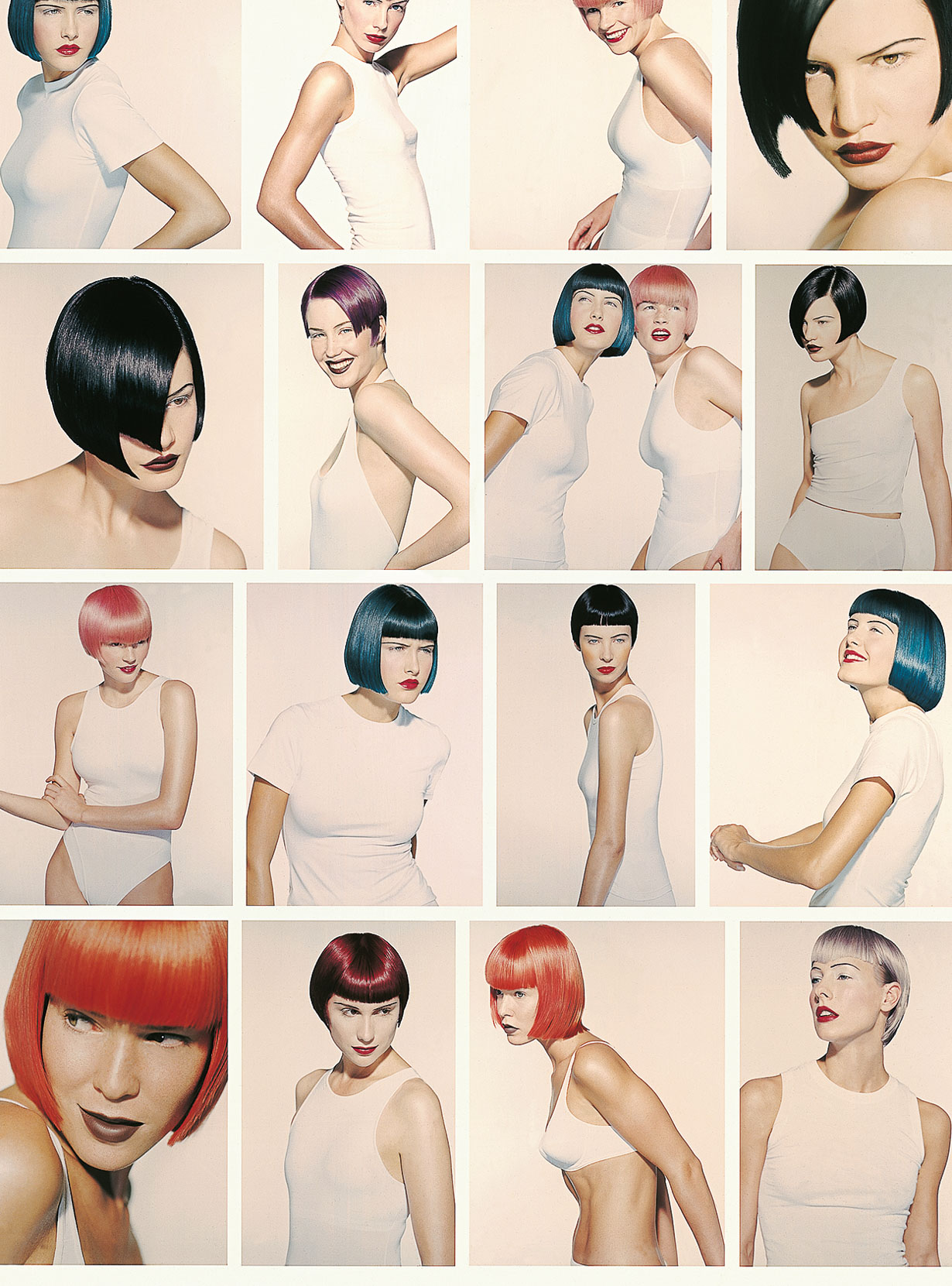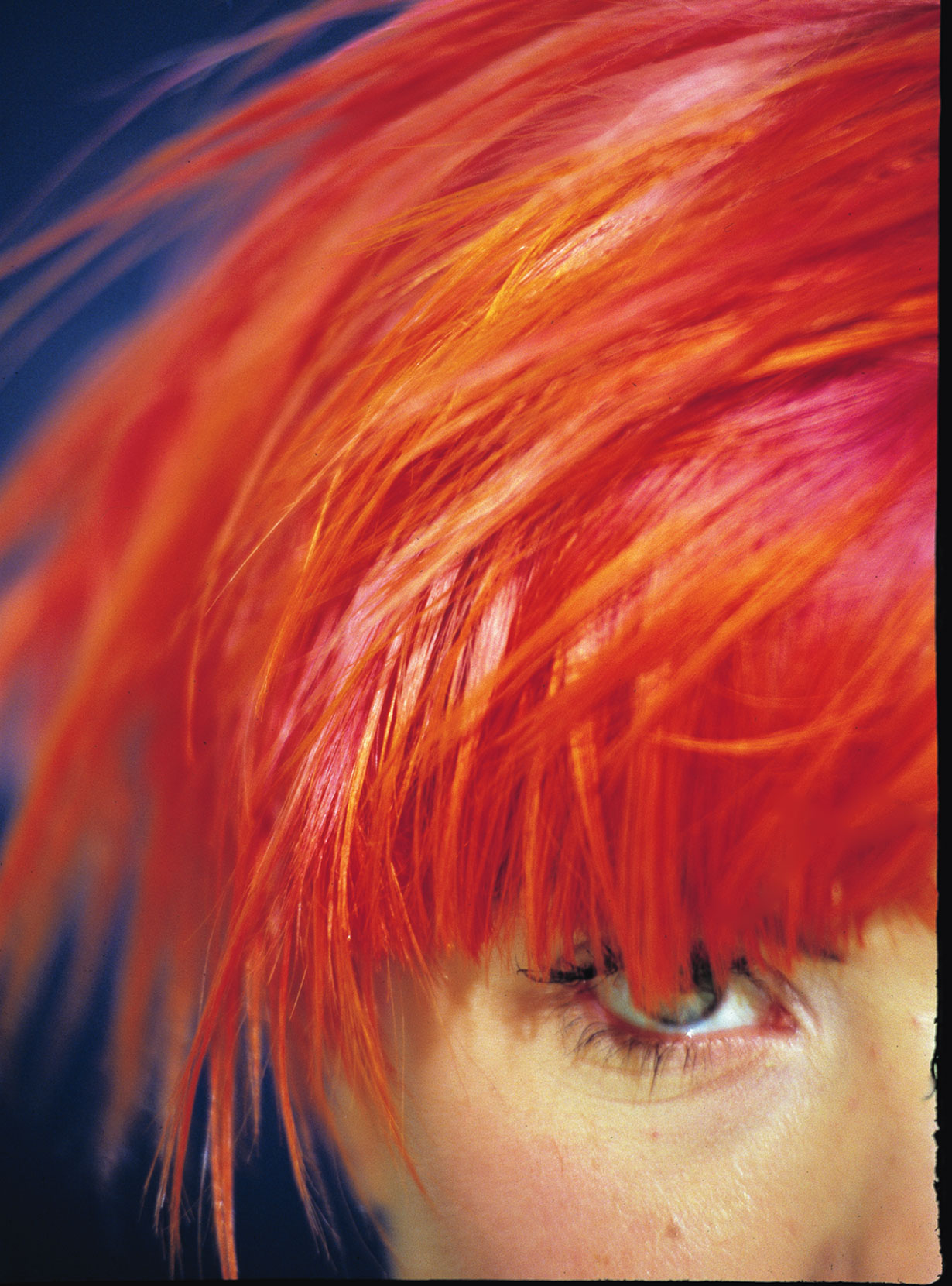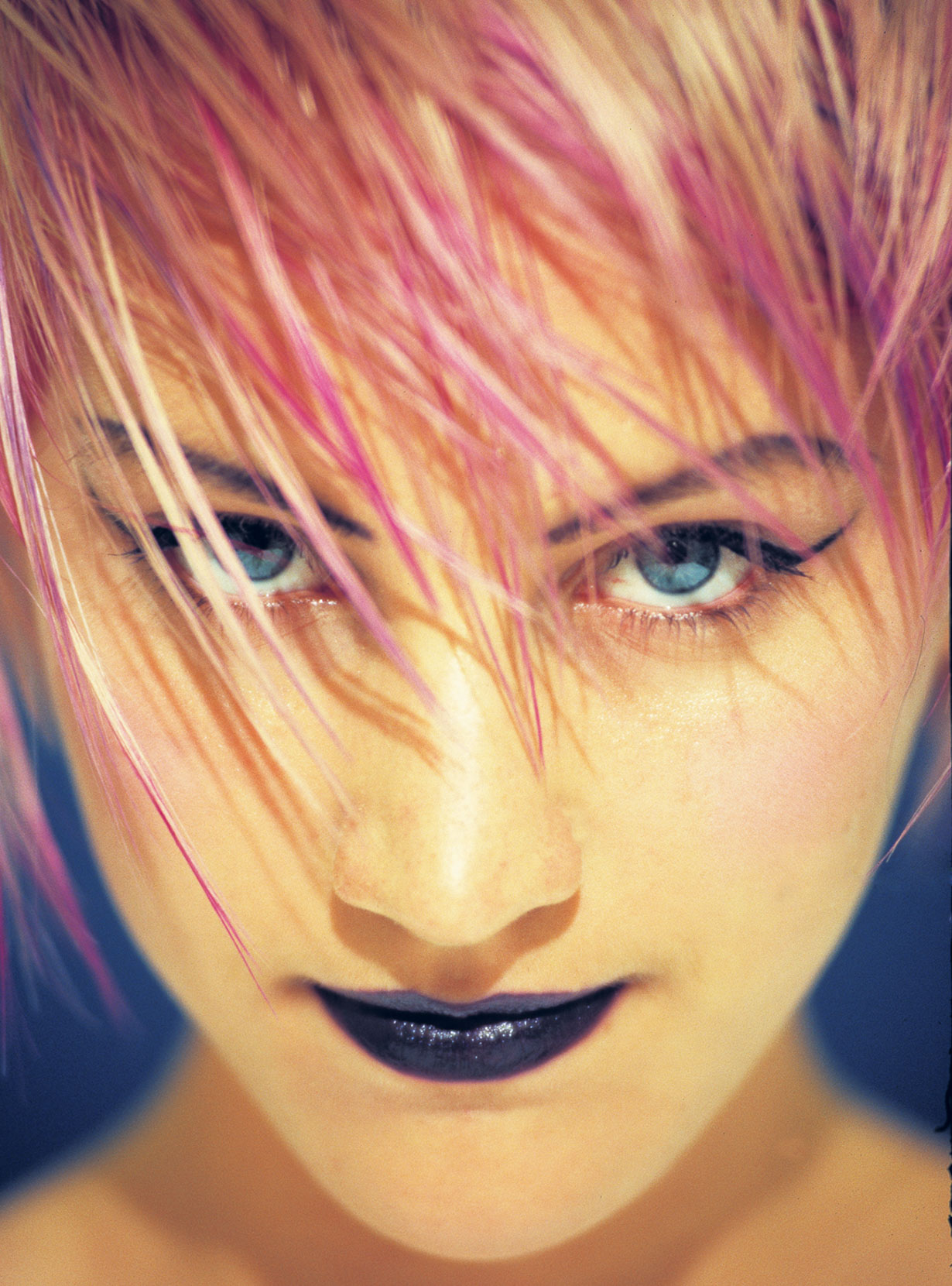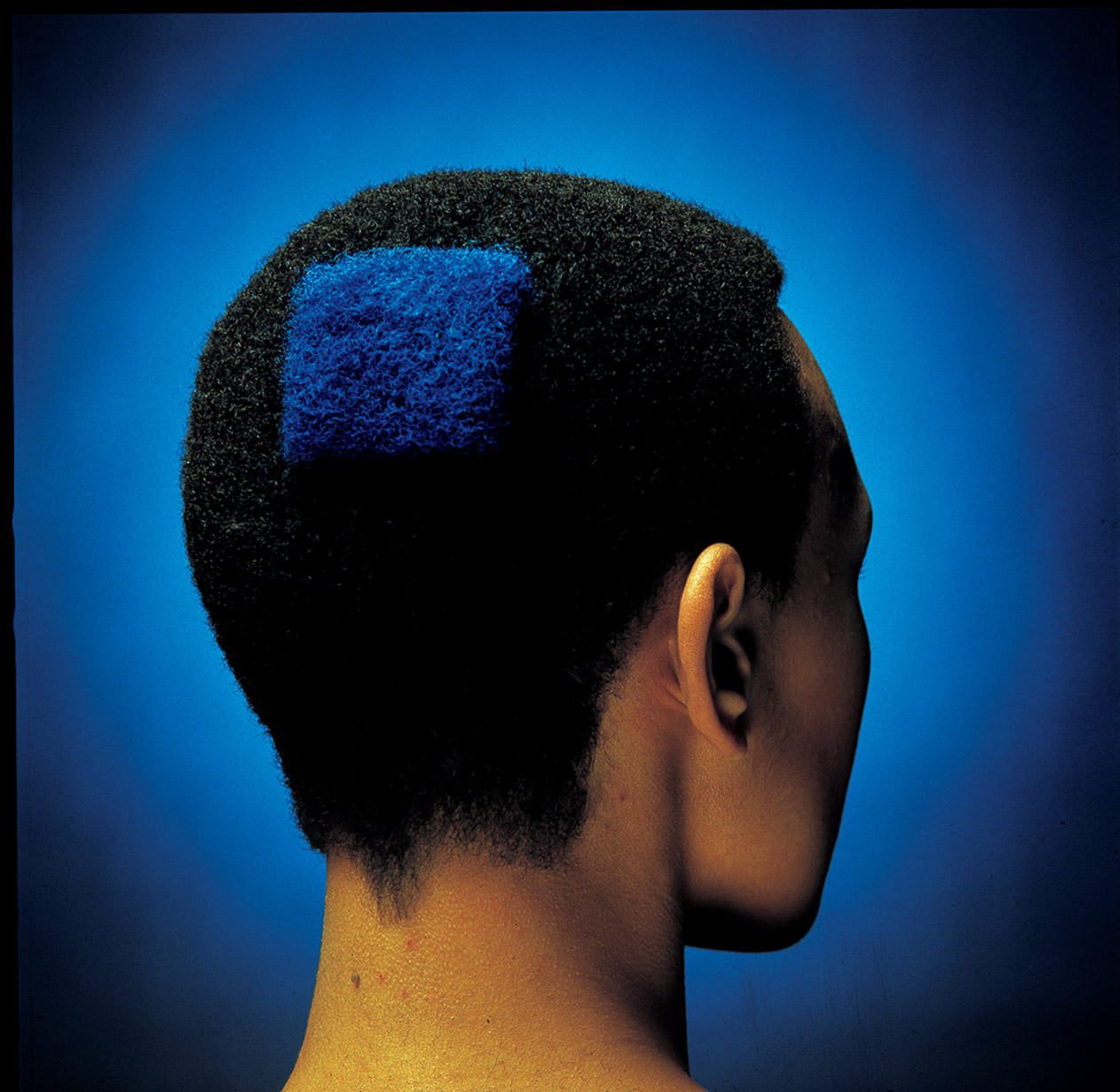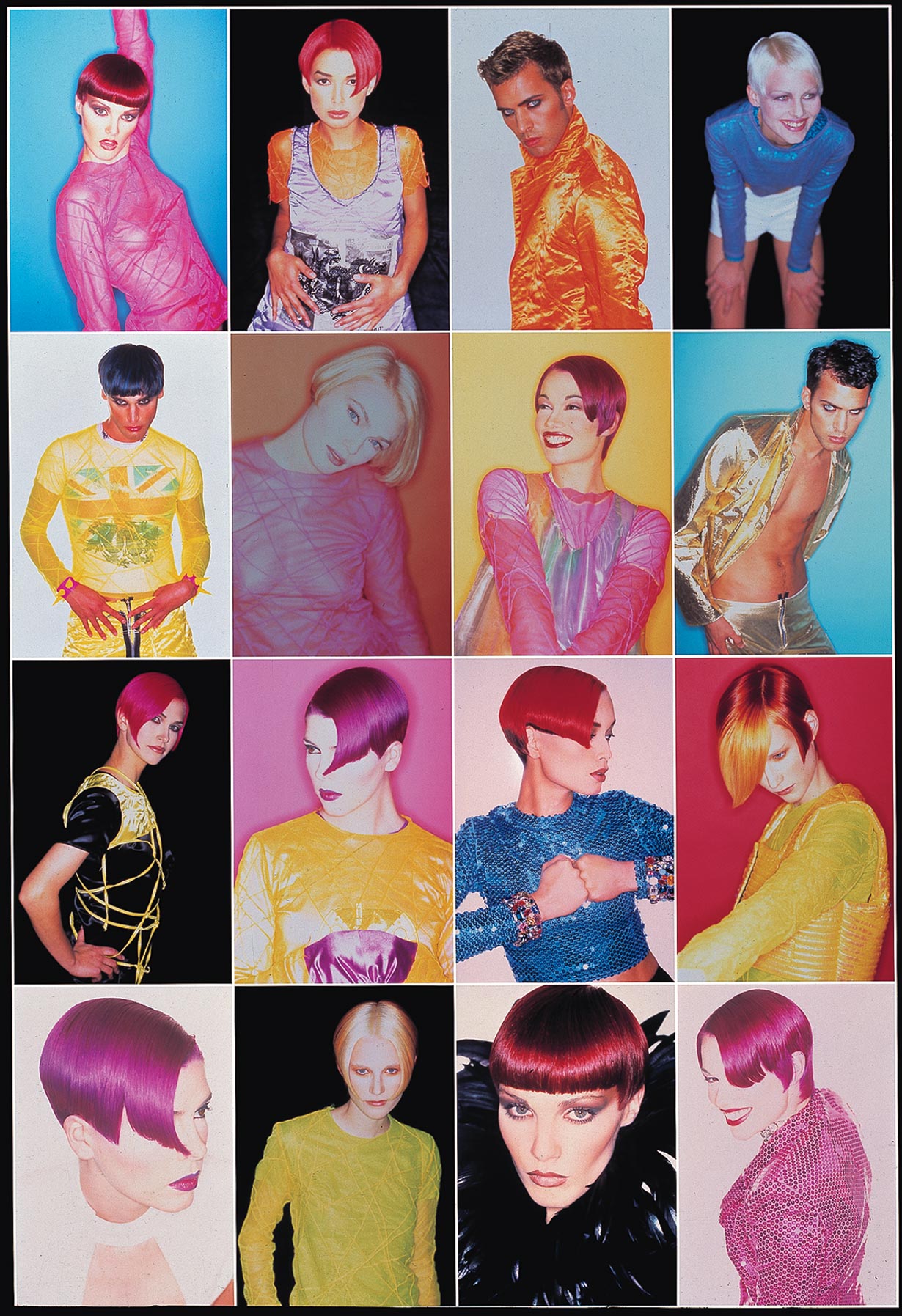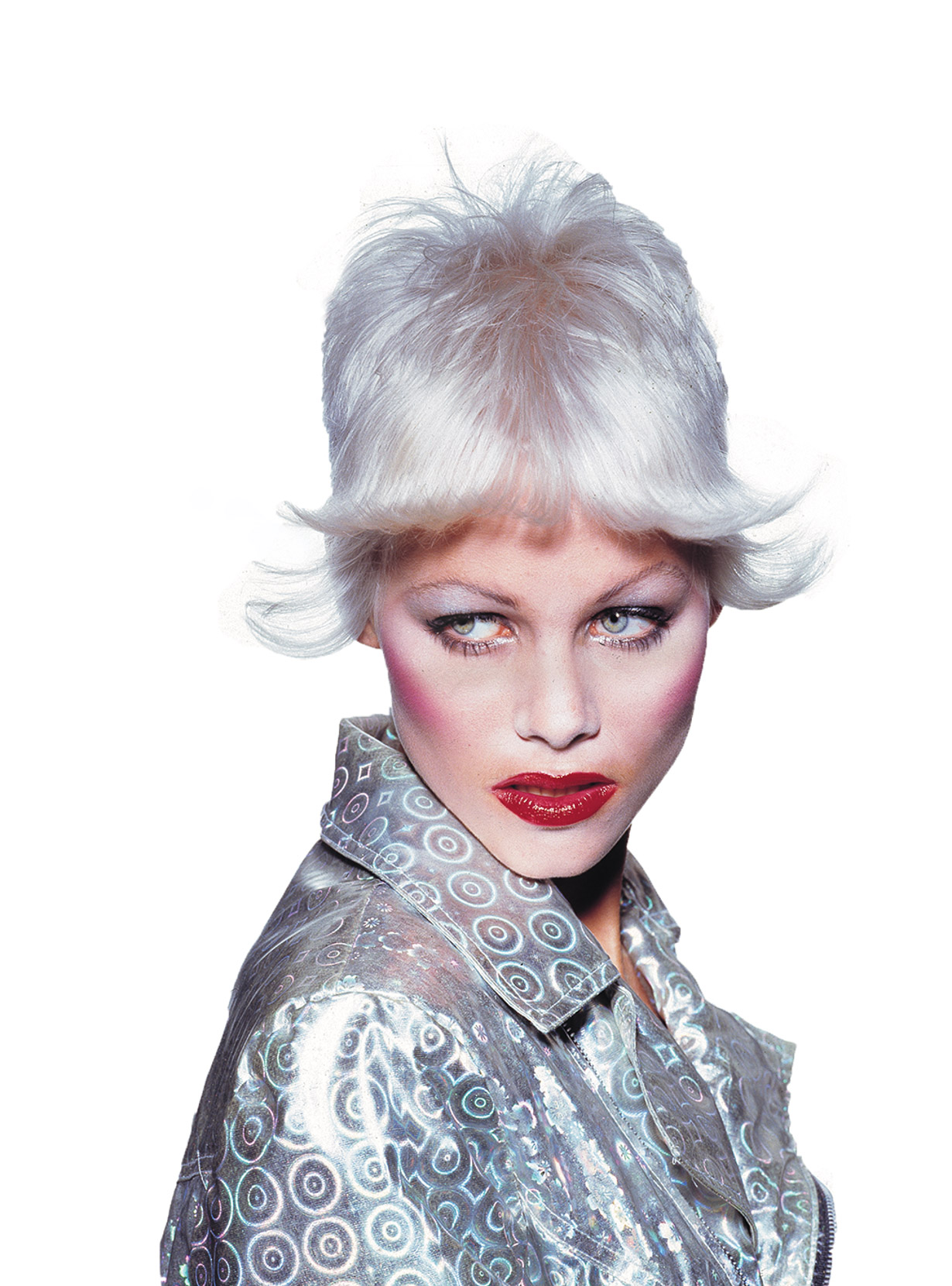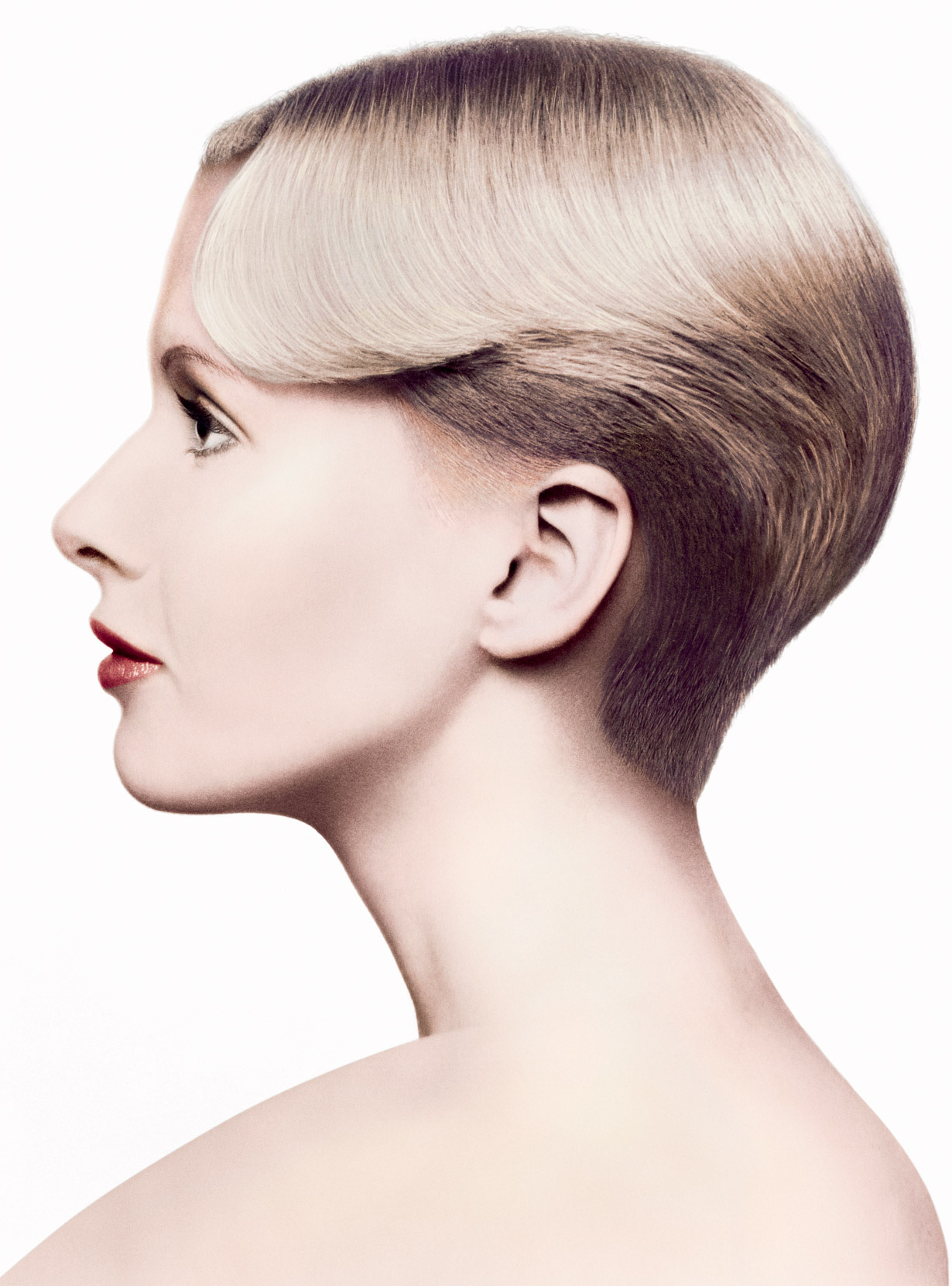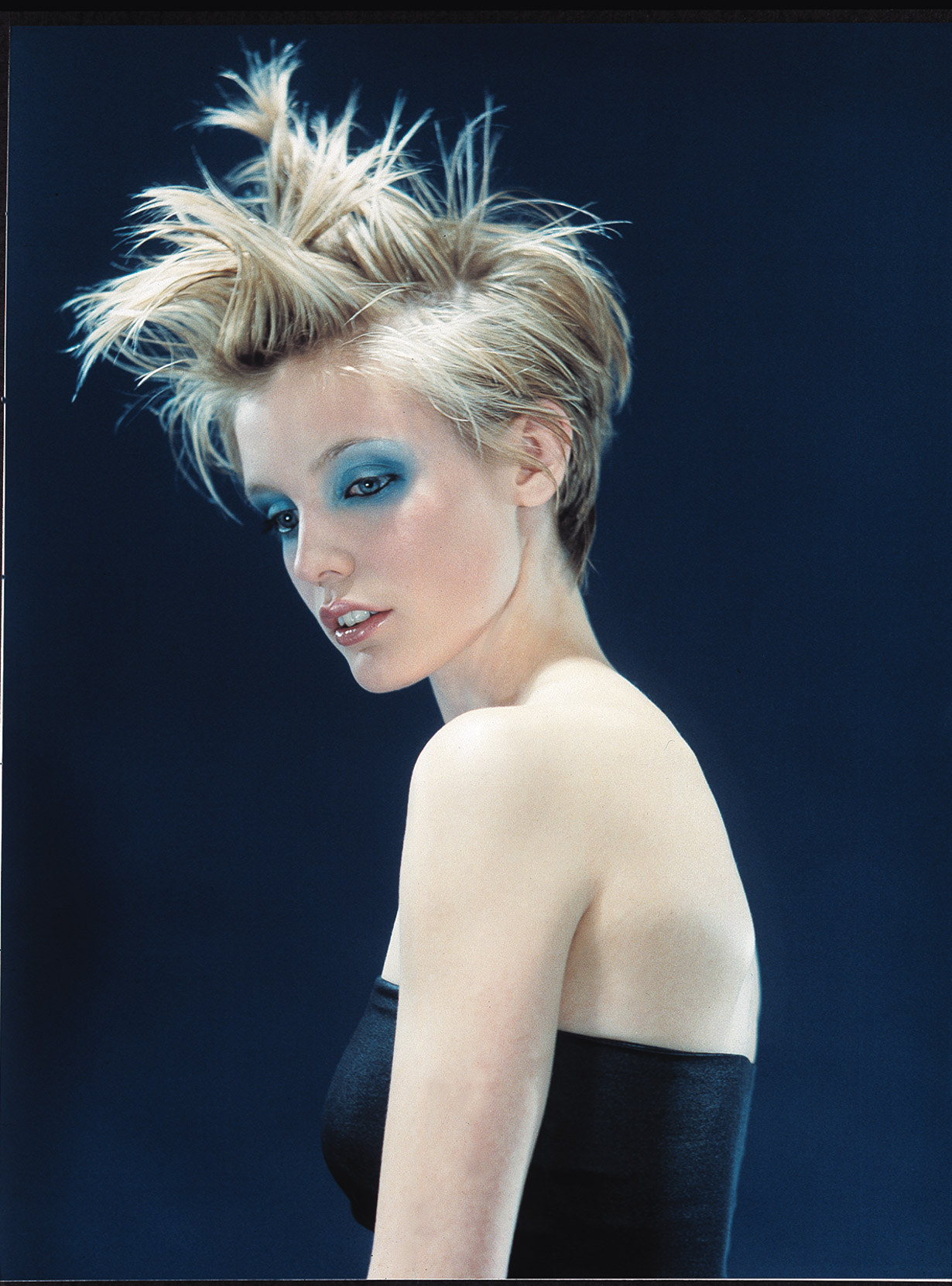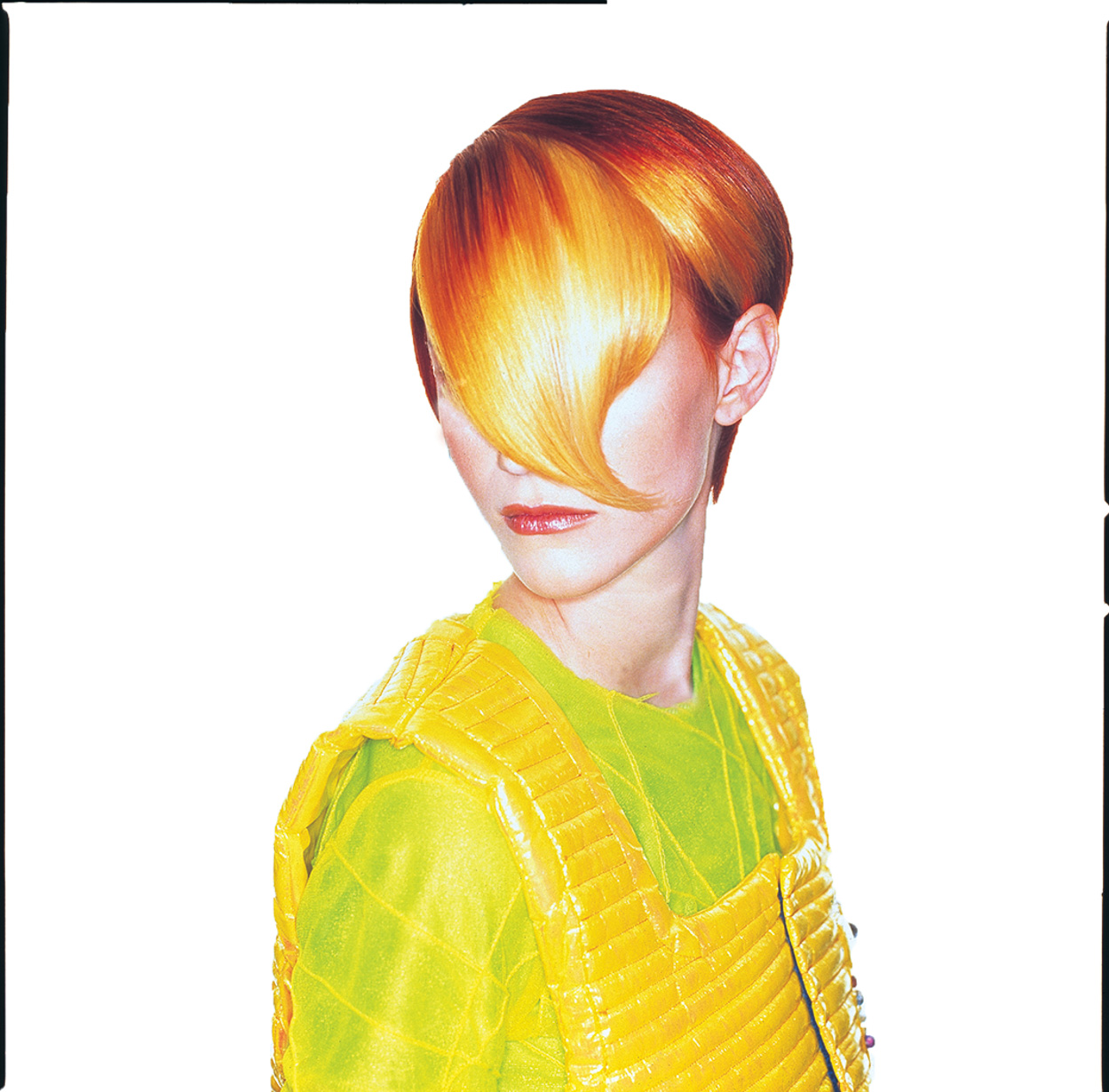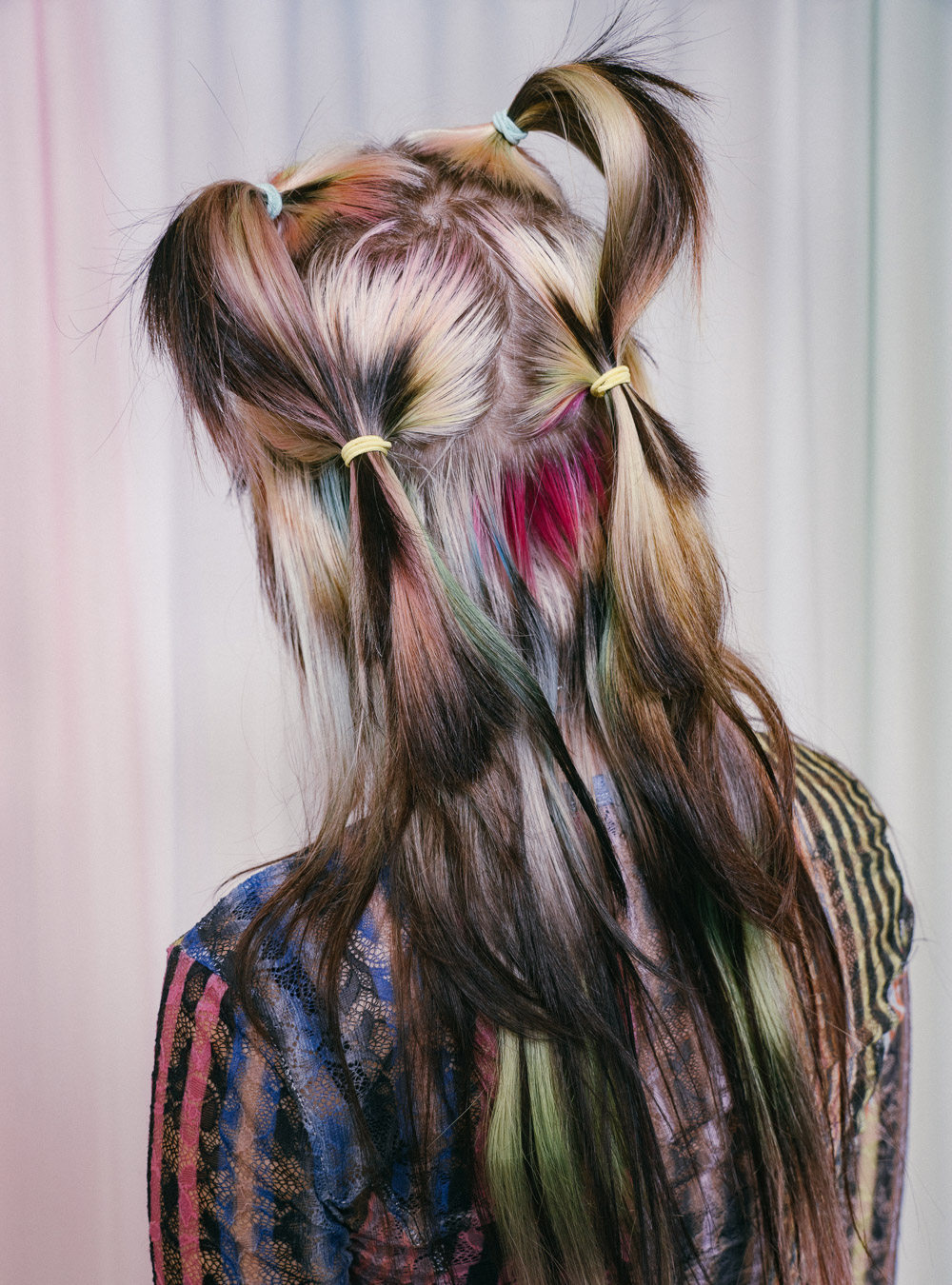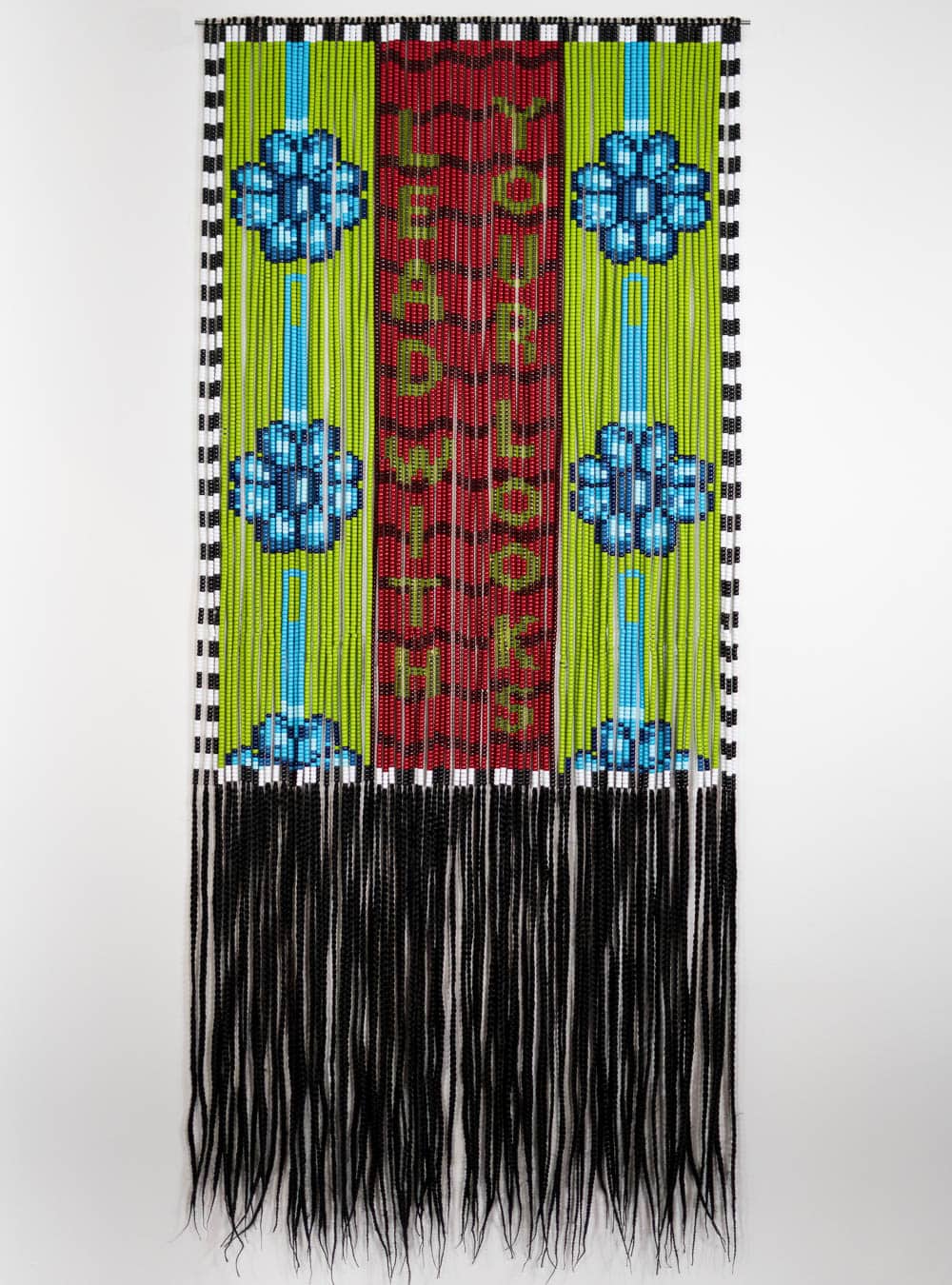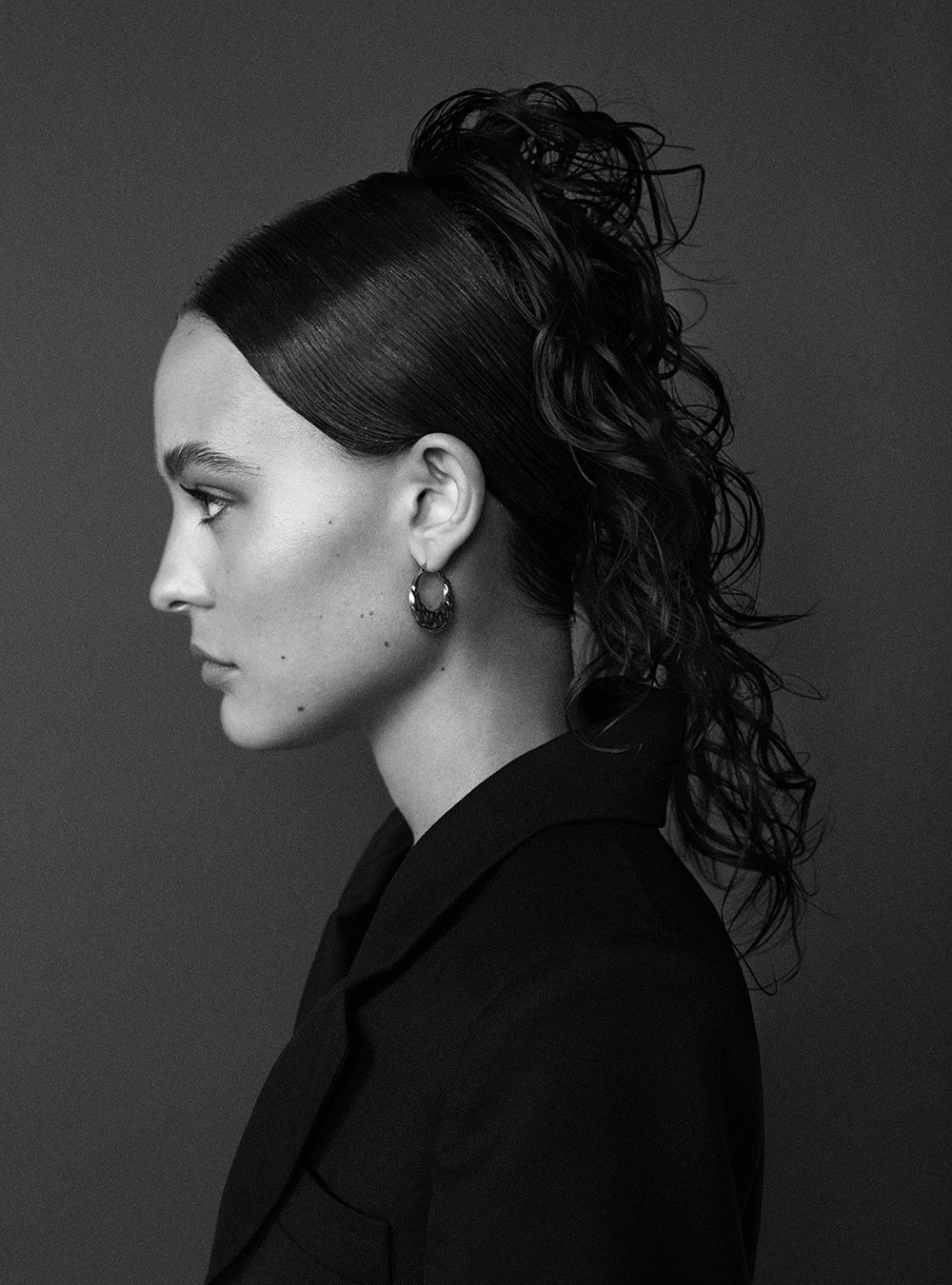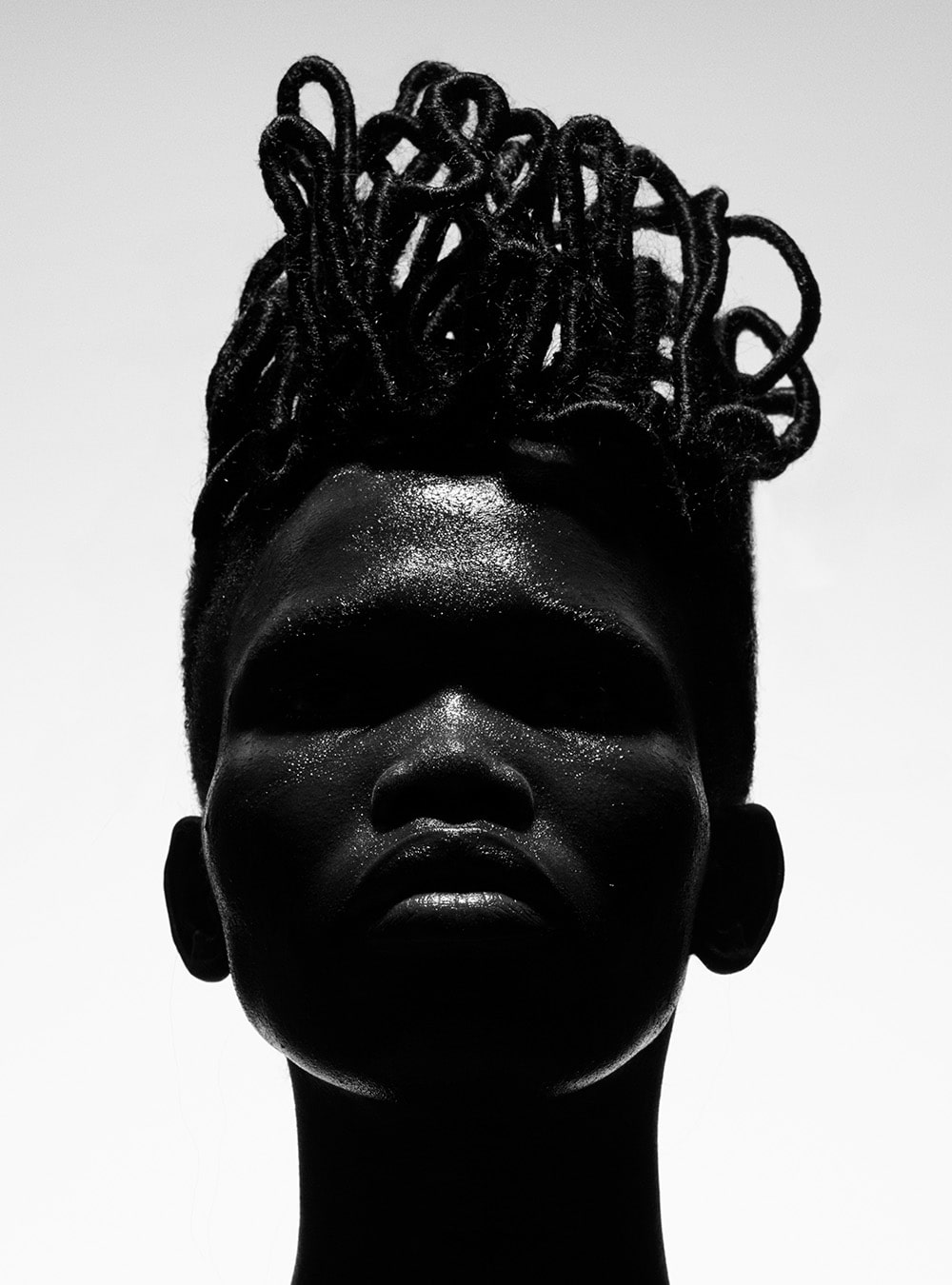- Annie Humphreys
- Annie Humphreys
- Annie Humphreys
PEOPLE: Celebrated colourist and ‘mother of colour’ Annie Humphreys reflects back on her extraordinary career
Interview: Pat Mascolo
Images: The Vidal Sassoon Archive
Special Thanks: Annie Humphreys
Affectionately known as ‘the Mother of Colour’, Annie Humphreys is of the hairdressing industry’s true icons. She is renowned for pioneering many of today’s widely used colouring techniques, many of which she developed during her long working relationship with Vidal Sassoon. It was while working at Jose salon in London’s Bond Street in the 1950s that Humphreys’ career took a serendipitous turn. The salon’s management changed hands in ‘58, and while all her colleagues dispersed to other salons, Humphreys decided to stay put and work for the salon’s new owner, a young and relatively unknown hairdresser. This seemingly innocuous decision turned out to be a momentous one – the man was Vidal Sassoon, and from that day on Humphreys worked by his side, providing the colour to his radical, head-turning cuts. “I always used to say that I was Vidal’s mascot,” she jokes, “because I came with the building!” Humphreys continued to work with Vidal for almost 50 years, becoming Sassoon’s International Colour Director and one of the world’s most innovative and beloved hair colourists in the process.
Humphreys looks back over her extraordinary career with INFRINGE Editor-in-Chief Pat Mascolo, and shares her recollections of this pivotal time in hairdressing.
Pat Mascolo: Take us back to the very start, how did you first get into hair?
Annie Humphreys: I was always fascinated by hair when I was a kid, I don’t know why, I just used to love playing with my mum’s and all my aunts’ hair. When I was due to leave school, I was dragged around all these offices and realised very quickly that I didn’t want to do any of that. As I quite liked hair I thought, ‘I’ll become a hairdresser’. I soon started a job in a Knightsbridge salon called Biagio. I couldn’t be called ‘Ann’ or ‘Annie’ because that was the manager’s name – and as you know you can never have two people with the same name in a salon. So they told me I was to be called ‘Maria’.
PM: What happened next?
AH: I did 18 months in Knightsbridge, then I trotted along to Bond street and began working at Jose, a salon at 171 Bond Street. About a year later, the owner sold the salon to a guy who was totally unknown. So, in trots this guy, he sits down and says, ‘I have a salon at 108 Bond Street and I’m going to take over this salon, if there’s anybody that wishes to stay I would be very happy for them to stay and work with me’. I thought ‘yeah!’ Everyone else said no. So they all dispersed and I stayed on… and that was the first time I met Vidal Sassoon!
PM: What were your first impressions of Vidal?
AH: I just thought he was very nice! Interesting, friendly and chatty. But because he was totally unknown, nobody wanted to work with him. They thought it was a bit risky, but because I was young I didn’t have anything to lose. I was going to have to work with somebody new anyway. That’s why I always used to say that I was Vidal’s mascot, because I came with the building!
PM: How was he as a boss?
AH: Vidal had the capacity to motivate people and could get everyone to work with him, rather than for him. He had a way of taking people along on the journey with him. He always found time to chat to everybody, and made everyone feel important and wanted – the assistants, apprentices, juniors – they were just as important as the president of the United States. There was no preferential treatment. Whatever happened, he would always be the person to say, ‘it’s fine, don’t worry’. Once, we were in Japan to do a show and nothing was ready – there was no stage, in this huge place. And I had to say to him, ‘I haven’t got any colour, I can’t find my big trunk!’ He said ‘that’s alright, don’t worry it’ll be fine! We’ll get some local stuff for you’. He was just so relaxed and calm.
PM: What was it like working at the salon once he took over?
AH: It was tremendous fun, everyone was happy. There was lots of laughter. You had to work very hard, but everyone there was really into what they were doing, they loved it. It was a fabulous place to work and you felt very lucky to be there and be part of this thing. When he did the geometric cut with Mary Quant, that really got into the papers, and then it became crazy.
When he re-did the salon, David Hicks designed the interior. It was very modern and had this open staircase, which was black wrought iron, it went up onto a mezzanine floor – so all the people waiting to have their hair cut would sit all the way up the stairs. They had a big kitchen which served food and drinks for the clients, it was very social. Initially we did weekly appointments but it then became monthly. Clients were told to come back every four weeks for a haircut, which they did as they wanted to keep the sharp lines.
PM: And then of course, when he was doing those geometric cuts, your colour was a really big part of that…
AH: Well, you see, at the beginning we didn’t know that it was going to be geometric. He was doing blunt cuts, but then he really developed it into an art and science. He was really the first person who would actually pass the secrets on – how to approach or do something. Before that, people would teach you by having you watch them. They couldn’t say, ‘you go from A to B to C to D.
If the hair grows like this, then you do that. If the hair is fine or thick you do this’. He would explain how you should do it from beginning to end. That’s why he opened a school – he wanted to pass it on.
PM: So how did you design the colour to correspond to these shapes?
AH: Well, that probably didn’t start until after Vidal did his main creating, because for him it was all about the strong lines. In the beginning we did a lot of dark hair because a lot of people wanted to have sharp colours and make the cut stand out. So a lot of black, dark brown or blonde… something very definite.
PM: Did you colour before the cut, or colour to the cut?
AH: We would quite often colour after the cut. But it depended who you worked with, who your stylist was. Vidal would always look at the face, he would have the client stand up without a gown on and he would look at them and how they were – that was how he used to teach people. He’d say, ‘look at the person, you’re doing it for the person, you’re not doing it for you’. So that was how you did it. Between the stylist, colourist and client, it would always be a collaboration. Clients really seemed to like this experience, because they were never usually consulted in this way or involved in the process before.
PM: Did they bring in pictures for reference?
AH: Oh, you’d be surprised about what people used to bring in! All sorts of weird things… I had clients bring in pieces of wood, and one lady used to bring in pieces of silk.
PM: Would you ever tell people that they couldn’t have certain styles?
AH: Yes! You would have to say, ‘I’m sorry I can’t do that. It’s going to destroy your hair, but I can do this, this or this?’ You would always give them the option of other things. If they didn’t like it some people would just toddle on down the road… but they would always come back later!
PM: You were one of the most notable female hairdressers at that time, when it was a very male-oriented space. How did you create a name for yourself?
AH: I think the only reason was because I would always stay late. A lot of girls would have to go home because they were married and had children. I would always leave with all the guys and go to the pub to have a drink before we went home. I was always one of them really and I never got treated any differently.
PM: You must have seen the industry change a lot throughout your career…
AH: Oh it’s changed tremendously! The products are fabulous now. I’d go in the basement in Bond street – this was before Vidal – and mix this 100 volume with .880 ammonia and then if you wanted to do a lightening you’d mix it with lux soap flakes to make it thick. Then you’d get an orange stick and roll cotton wool on it and then literally dab it down the parting – you wouldn’t need to do any more. It was frightening really when you think about it, it would never be allowed today! Now all the products are fool proof and all the different colours you can get are amazing.
PM: What advice would you to give someone who is just starting out?
AH: I think you really need to enjoy what you’re doing to get the most out of it. You need to be prepared to do all of the things that have to be done in the salon, like sweeping the floor, shampooing, clearing up. If you are attentive and you absorb what you’re taught and are prepared to work hard, then you’ll go a long way.
- ANTHROPOLOGY OF HAIR
- ANTHROPOLOGY OF HAIR
- ANTHROPOLOGY OF HAIR
- ANTHROPOLOGY OF HAIR
- ANTHROPOLOGY OF HAIR
